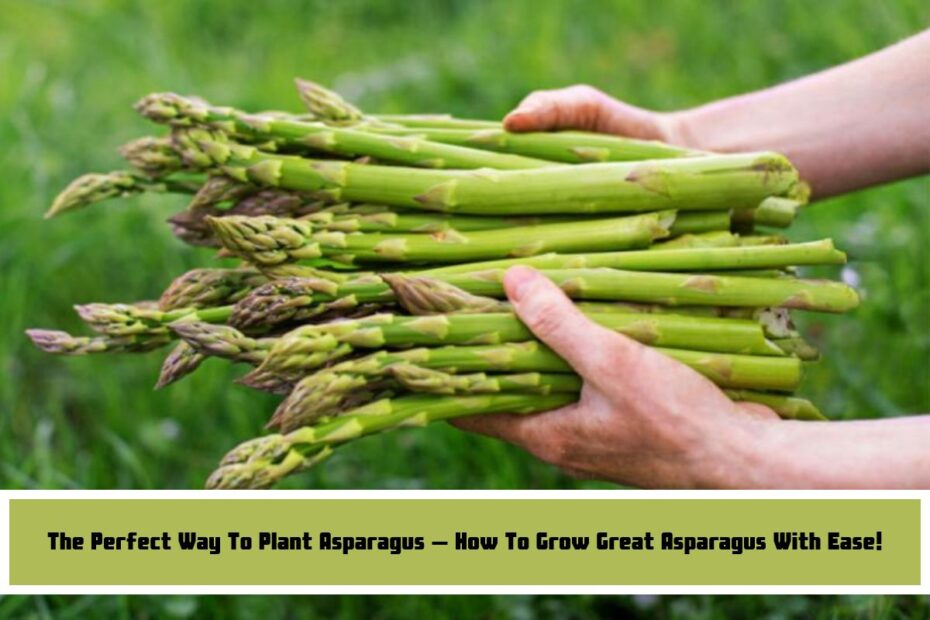When you plant asparagus in your garden, you are making an investment that will pay you for many years to come due to the delicious results it produces. Listed below is a guide that will make planting and cultivating beautiful asparagus much simpler:
1. Choosing the Right Location
Select a location in your garden that receives at least six to eight hours of sunlight on a daily basis, as asparagus is a plant that flourishes when exposed to full sunlight.
The optimal soil for asparagus is one that has a pH ranging from 6.5 to 7.5 and has good drainage. The amount of organic matter in the soil need to be high.
2. Preparing the Soil
In order to prepare the planting space, it is necessary to clear it of any weeds, pebbles, and other waste.
To enrich the soil, amend it by adding compost or manure that has had sufficient time to decompose. With asparagus being such a heavy feeder, it is vital to incorporate organic matter into the soil.
3. Planting Asparagus Crowns
When it comes to timing, you should plant crowns of asparagus in the early spring, as soon as the soil can be handled.
To prepare the trench, dig a trench that is approximately 12-18 inches broad and 6-12 inches deep using a shovel. In the bottom of the trench, make a little ridge of soil by applying some pressure.
In order to position the crowns, spread the crowns of the asparagus over the ridge, making sure that the roots are draped over the sides. In between 12 and 18 inches, space the crowns apart
Also read:-4 Signs That You Are Going To Meet Your Soulmate
If you want to cover the crowns, you should cover them with two to three inches of soil, but you should leave the tips exposed. It is recommended that the trench be gradually filled with soil as the asparagus develops.
4. Watering and Mulching
In order to maintain a steady level of moisture in the soil, it is important to water the asparagus on a regular basis, particularly during dry months.
A thick layer of mulch should be applied to the soil in order to assist it retain moisture and to suppress weeds.
5. Care During the Growing Season
Applying a balanced fertilizer in the early spring and again during the harvest season is the recommended method of fertilization.
In order to limit the amount of competition for nutrients, it is important to keep the asparagus bed clear of weeds.
6. Harvesting Asparagus
Be patient and refrain from harvesting asparagus for the first two years after it has been planted. Provide the plants with the opportunity to develop robust root systems.
At the beginning of the third year, when the spears have reached a height of approximately 6-8 inches, harvesting can begin. When the spears are at ground level, snap or cut them.
At the end of the harvest, you should stop harvesting the plants in late spring or early summer so that they can produce ferns, which will have the effect of feeding the roots for the harvest the following year.
7. Maintenance and Longevity
The ferns should be cut back to a height of around two inches above the ground when the first frost of the fall season begins.
To protect the crowns from the elements over the winter, apply a thick layer of mulch to the bed in the late fall.
Conclusion
A bed of asparagus can produce for fifteen to twenty years or even longer if it is properly cared for. An initial amount of patience is required, but the benefits of having fresh asparagus produced at home are well worth the time it takes to cultivate it. Enjoy your planting!
